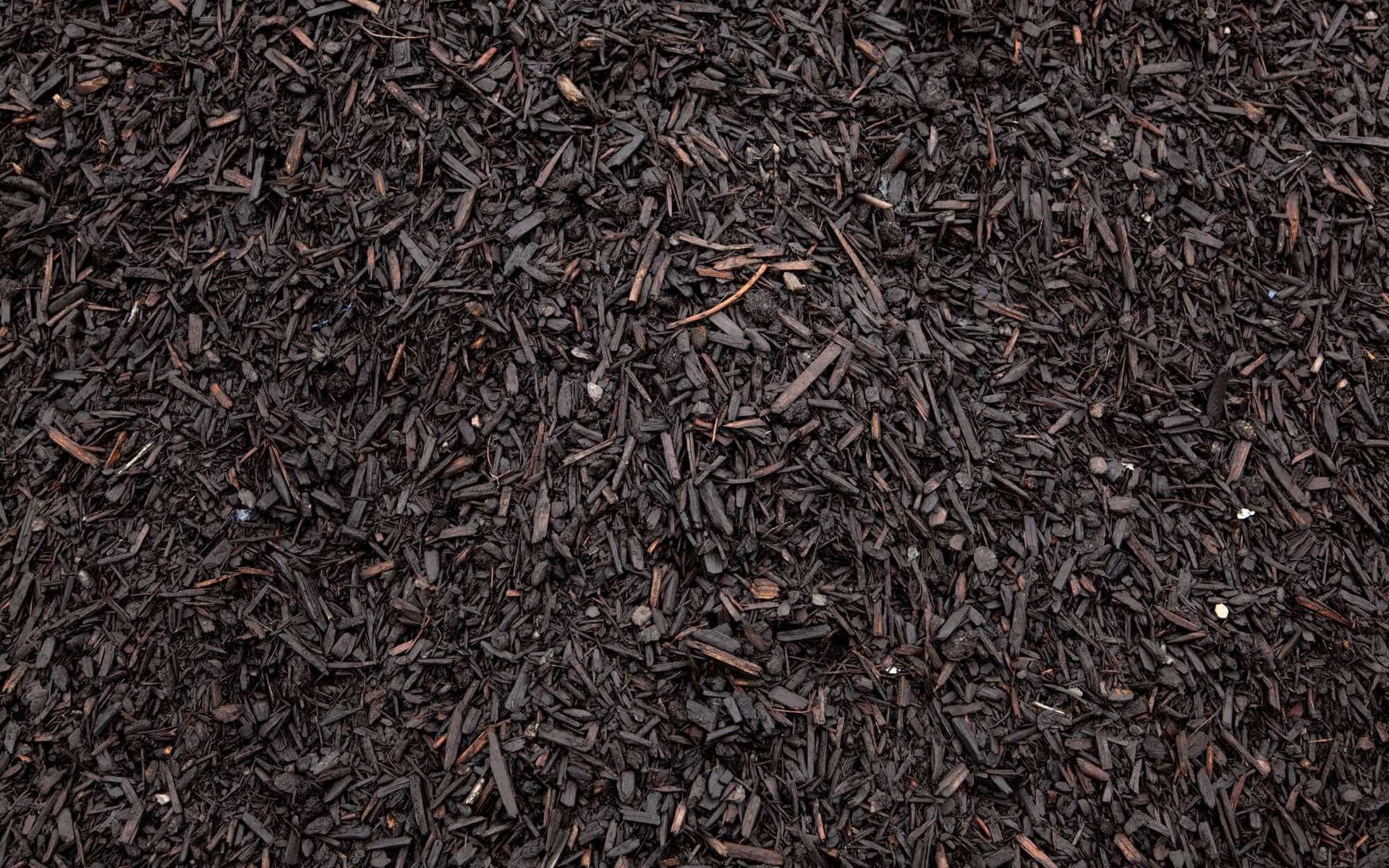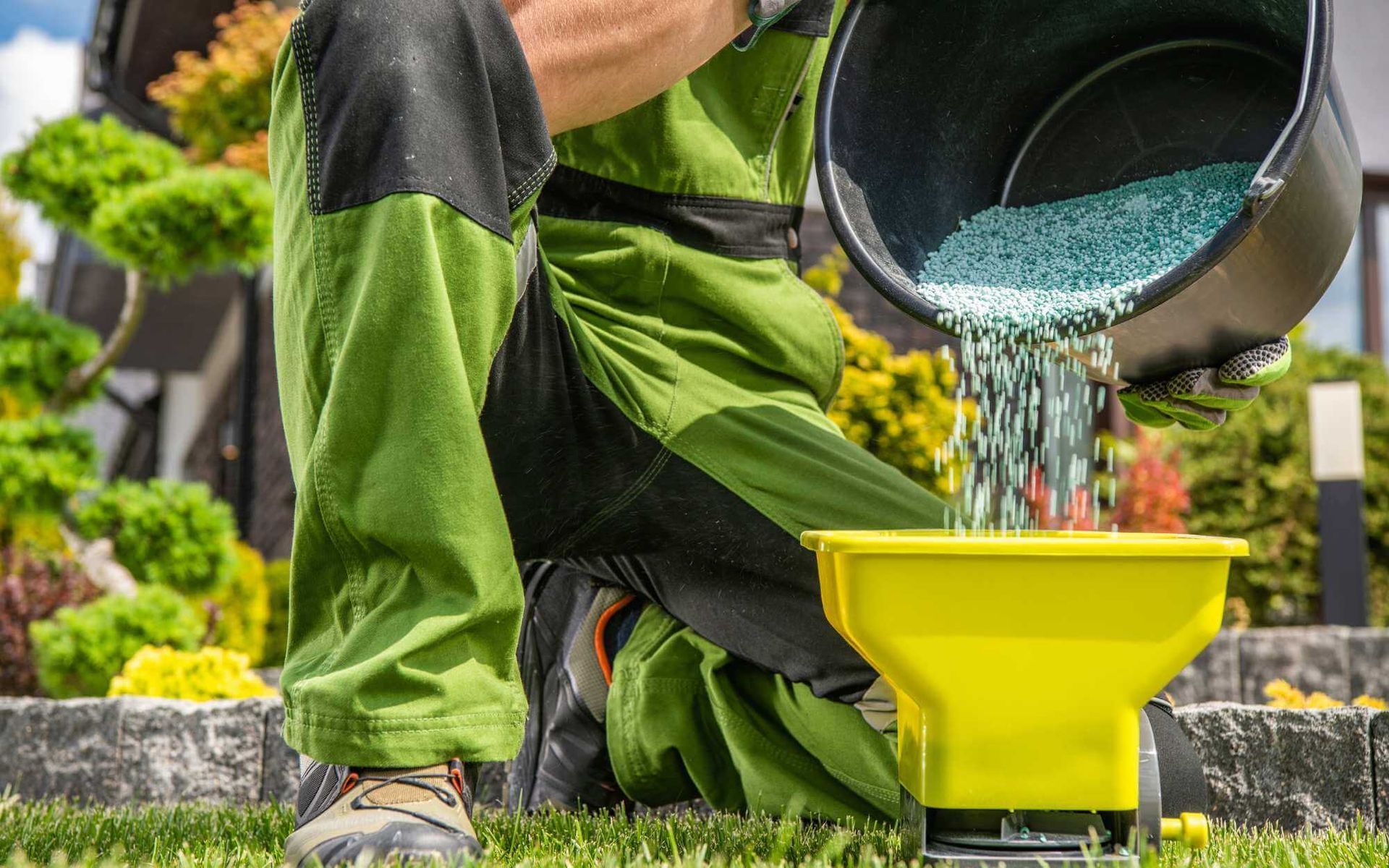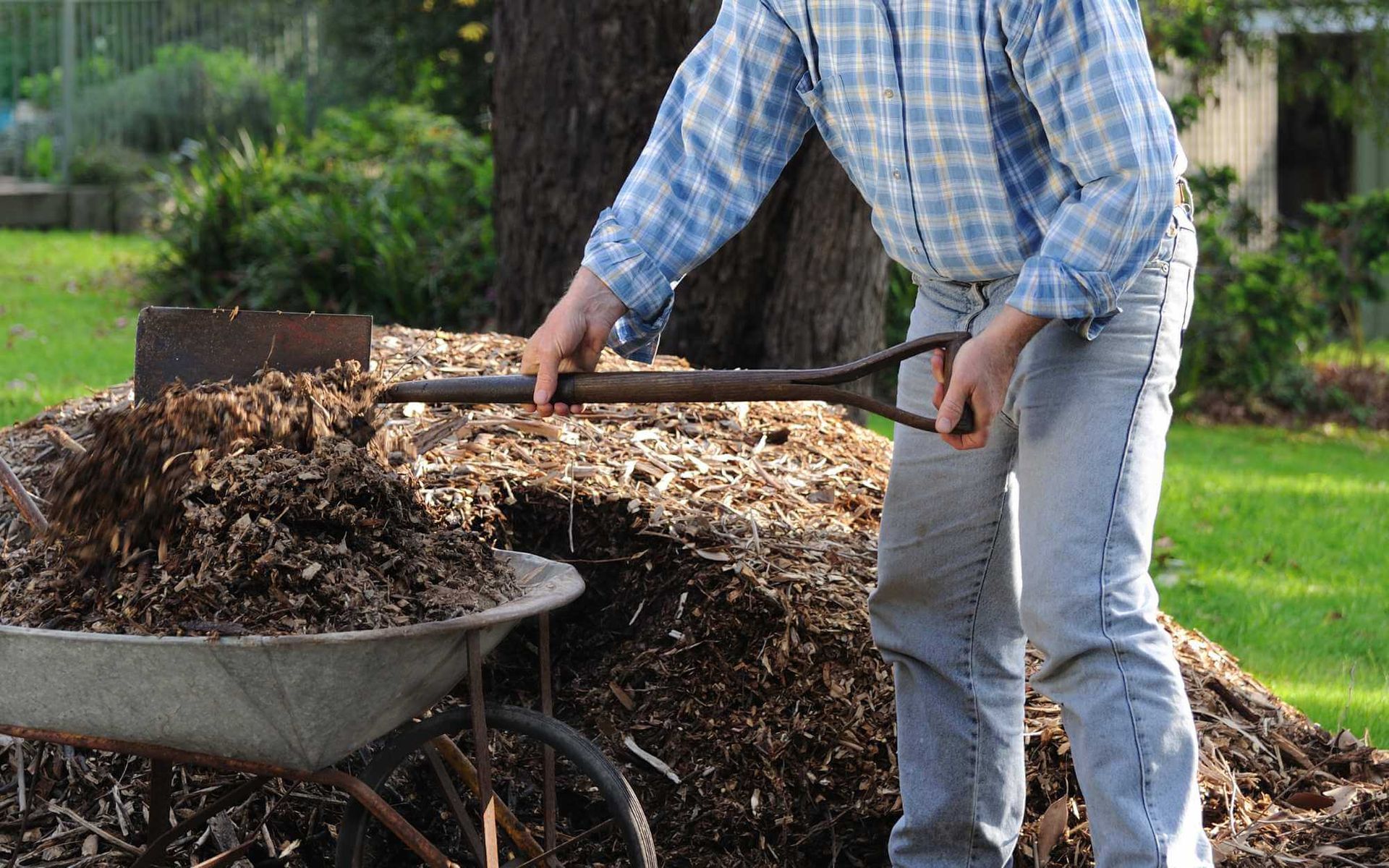Eco-Friendly Approaches to Tree Nutrient Management
PUBLISHED ON
SHARE THIS ARTICLE

As our global population continues to grow, so does the need for effective and sustainable agriculture. At the heart of this need lies tree nutrient management, a critical facet for maintaining healthy forests and promoting orchard and vineyard crop productivity.
Efficient nutrient management is a keystone for orchard and vineyard crop yields' quality and quantity, directly affecting our food supply and ecosystem health. However, traditional methods often rely heavily on chemicals that, while effective, can harm the environment.
As a result, there's a growing interest in eco-friendly approaches to tree nutrient management—methods that not only sustain our fruit and timber supplies but also minimize the negative environmental impacts.
Join us as we explore these environmentally conscious practices and their pivotal role in our sustainable future.
Traditional Nutrient Management Practices

Traditional tree nutrient management often involves the application of synthetic fertilizers, which, while effective, come with significant drawbacks.
These fertilizers can leach into groundwater, causing pollution and eutrophication in bodies of water, leading to detrimental effects on aquatic life. Furthermore, the overuse of these fertilizers can result in soil degradation, reducing its fertility over time and creating a cycle of dependency on artificial inputs.
The manufacture of synthetic fertilizers also contributes to greenhouse gas emissions, exacerbating climate change.
Therefore, although these methods have been foundational in meeting global food demands, their environmental impact and long-term sustainability are increasingly under scrutiny.
Sustainable Tree Nutrient Management

In recent years, there has been a renewed focus on more sustainable nutrient management practices. These methods aim to maintain healthy soil and trees while minimizing negative impacts on the environment.
Organic Fertilizers
Organic fertilizers offer a sustainable solution to soil nutrient management. They contribute to building soil fertility and structure, enhancing the soil's ability to retain water and nutrients.
Soil organic matter, such as compost, manure, bone meal, or seaweed, originates from plant, animal, or mineral sources, making them a renewable and environmentally friendly alternative. Their slow release of nutrients reduces the risk of over-fertilization and runoff into water bodies.
Compost, rich in essential nutrients, improves soil structure, while animal manure provides high nitrogen content. Bone meal is an excellent source of phosphorus, and seaweed products supply a wide range of trace elements. The application depends on the nutrient needs of the tree, the type of organic fertilizer used, and its nutrient content.
Composting
Composting is a natural process where organic waste decomposes into a nutrient-rich soil conditioner. It entails mixing green waste like vegetable scraps with brown waste like dried leaves, then allowing the mixture to decompose over time.
This rich, earthy substance enhances soil structure, improves moisture retention, and provides essential nutrients for plant growth. To utilize compost, spread it around the tree's base, avoiding direct contact with the trunk. This 'top-dressing' method allows nutrients to slowly seep into the soil, providing a steady supply of nutrition to the tree.
Thus, composting offers a sustainable, cost-effective solution for eco-friendly tree nutrient management.
Cover Crops and Mulching
Cover crops and mulching offer exceptional benefits by improving soil health and minimizing erosion. Cover crops, such as clover or rye, enrich the soil by adding organic matter and nutrients. They also protect the soil surface, reducing the impact of water and wind erosion.
Mulching with organic materials like straw or wood chips conserves soil moisture and suppresses weed growth. To implement, sow cover crops in the fall and till under in early spring for nutrient release. For mulching, apply a 2-3 inch layer around the base of the tree, ensuring it doesn't touch the trunk to prevent rot and pest infestation.
Start utilizing eco-friendly tree fertilization today!
Embracing eco-friendly approaches in tree nutrient management is integral for maintaining our ecosystem's health and sustainability. Adopting methods such as using organic fertilizers, composting, and cover crops can significantly reduce environmental impact while improving soil fertility and tree health.
As a tree owner, it's time to implement these sustainable practices. For personalized advice and guidance, consider reaching out to experts in the field, ensuring every step you take contributes to a greener future.
Want a free quote or some friendly advice? Call our team today:






